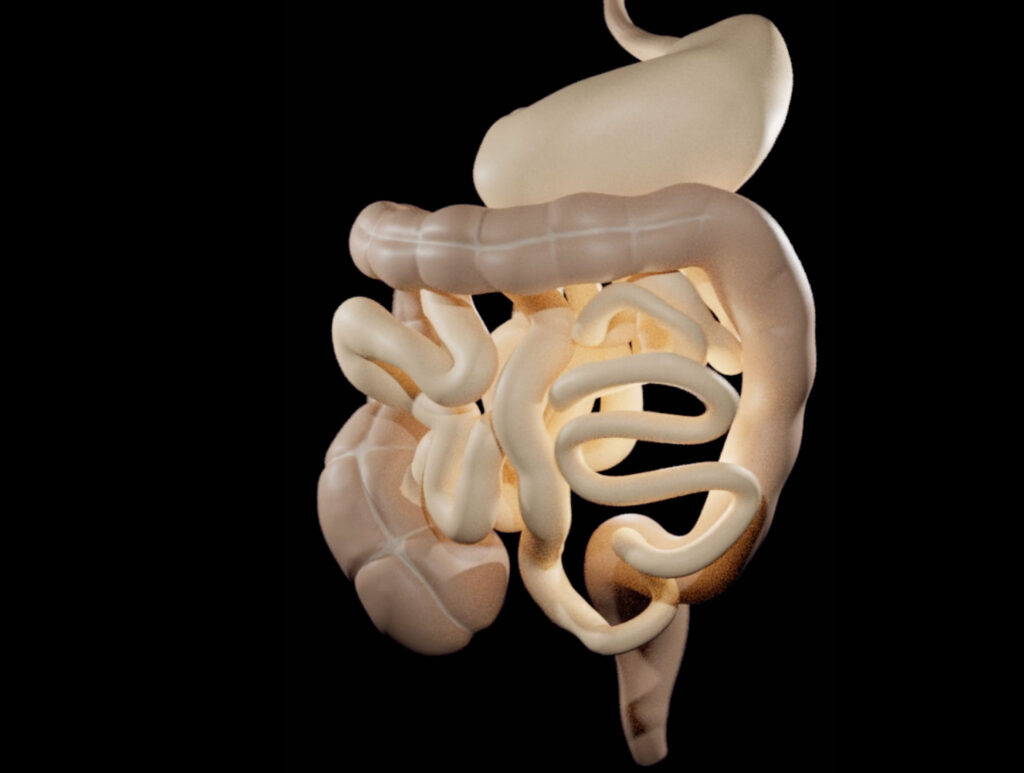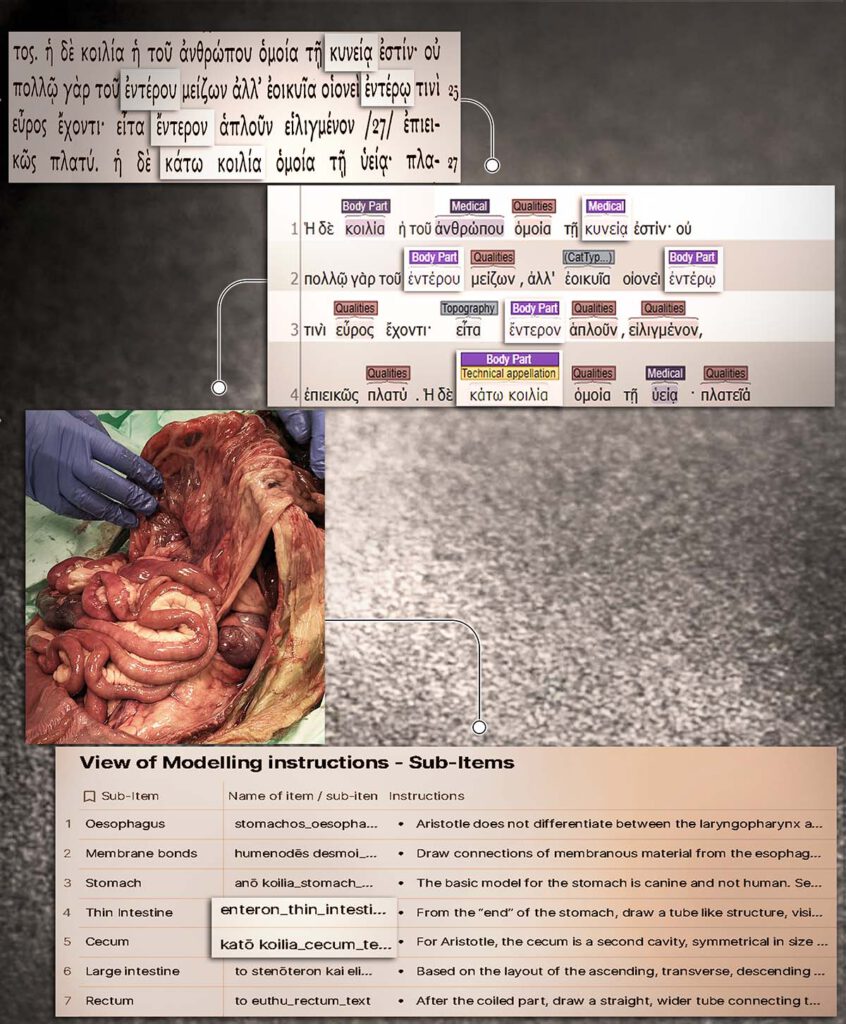Kotsanas’ wooden reproduction of the stomachion

Kotsanas’ wooden reproduction of the stomachion A modern reproduction of Archimedes’ stomachion Copyright: Collection and Archive of Kotsanas Museum of Ancient Greek Technology (www.kotsanas.com) – The image shows a reproduction of the stomachion game located in the K. Kotsanas Museum of Ancient Greek Technology in Heraklion, Crete. This wooden artefact consists of a square geometric […]
The geometric design of the stomachion diagram

The geometric design of the stomachion diagram The division of the square according to the indications of an Arabic manuscript description: stomachion of Archimedes, with a 1/12 grid, author: Hagen von Eitzen, copyright: public domain – This image reproduces the Graeco-Roman stomachion square according to the proportions provided by a 17th c. manuscript in the […]
3D Model Embedded in the Greco-Roman Anatomical Atlas

3D Model Embedded in the Greco-Roman Anatomical Atlas Copyright: ATLOMY (ERC StG GA 852550) Hebrew University of Jerusalem – Step into the Atlas and use it to explore the model and to learn about Aristotle’s ideas of the anatomy of the digestive system and about his anatomical terminology. You might recognize some terms! You will see […]
The 3D Model of the Digestive System according to Aristotle

https://comparative-guts.net/wp-content/uploads/2023/02/Atlomy-Exhibit-4_2.mp4 The 3D Model of the Digestive System according to Aristotle Copyright: ATLOMY (ERC StG GA 852550) Hebrew University of Jerusalem – This 3-D model of the stomach and the intestines presents ATLOMY’s interpretation of the ancient text. While it might not be evident at first sight, this model differs from contemporary models of the […]
3D Modelling of the Guts according to Aristotle

https://comparative-guts.net/wp-content/uploads/2023/02/Atlomy-Exhibit-3_1.mp4 3D Modelling of the Guts according to Aristotle Copyright: ATLOMY (ERC StG GA 852550) Hebrew University of Jerusalem – The next stage towards a visual reconstruction of Aristotle’s conception of guts is creating the 3D model. Based on the Table of Instructions the modellers use 3D-modelling software to create the model: from an initial […]
From Text to Model: The Guts according to Aristotle

From Text to Model: The Guts according to Aristotle Copyright: ATLOMY (ERC StG GA 852550) Hebrew University of Jerusalem – A depiction of the first stages towards creating a 3D model of the human guts as described in Aristotle’s treatise Inquiries on Animals. The interdisciplinary team facilitates a unique analysis which bridges the gap between […]
Athenian red-figure cup attributed to Douris

Athenian red-figure cup attributed to Douris death of Pentheus (detail), c.480 B.C. Cervetri, Museo Nazionale CeritePhoto: 2023@photo Scala, Florence, Kimbell Art Museum, Fort Worth, Texas /Art Resource, NY/Scala, Florence – The death of Pentheus is most familiar in the description given by Euripides in Bacchae. There a messenger speech describes how Pentheus’ mother, Agave, and […]
Terracotta anatomical votive; spiral coil ending in trefoil

Terracotta anatomical votive; spiral coil ending in trefoil. Tivoli/Lazio, 3rdC BC-1stC BC © The Trustees of the British Museum Museum Number 1899,0720.13 CC BY-NC-SA 4.0 – This terracotta votive nicely combines the clean volumetric rotundity of the belly with the coiled shape of the imagined innards (intestines? the uterus? the spiral image as an abstract […]
Terracotta anatomical votive

Terracotta anatomical votive 3rdC BC-1stC BC © The Trustees of the British Museum, Museum Number 1839,0214.51CC BY-NC-SA 4.0 – This image represents an inner part; some of the features, such as the ribs and wrinkles and the central globe, point to a womb as an ‘empty sack’, a container ready to receive the embryo; on […]
